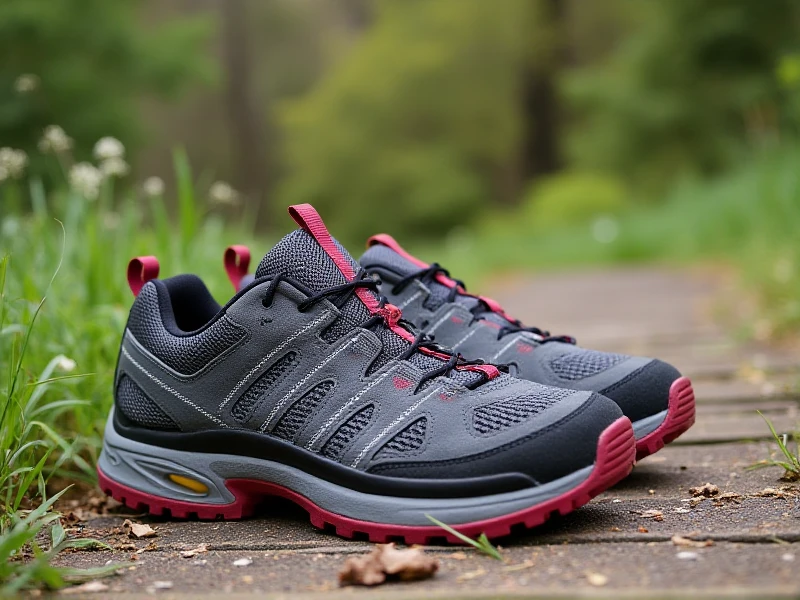Men's Hiking Shoes: The Must-Know Features for Every Adventure
2025-06-09

Here is the SEO-optimized article focusing on "Men's hiking shoes":
Stepping onto an untamed trail requires reliable gear, and your foundation starts at your feet. Men's hiking shoes aren't just footwear; they're essential tools engineered to conquer rough terrain while protecting your comfort mile after mile. Choosing the right pair directly impacts stability, confidence, and overall enjoyment of the outdoors. Understanding the key features separates a good hike from a potentially painful one.
The cornerstone of any great men's hiking shoe is traction and grip. The outsoles, often crafted from specialized rubber compounds like Vibram® or proprietary brands, feature deep, multi-directional lugs. These aggressively bite into loose soil, gravel, rock faces, and muddy patches, drastically reducing slips. Look for patterns designed for specific environments, whether rocky scrambles or muddy forest paths.
Equally critical is support and stability. Hiking paths demand robust midsole cushioning to soften impacts, but crucially, incorporate underfoot shanks and heel counter structures. A nylon shank provides torsional rigidity, preventing the shoe from twisting unnaturally on uneven ground and protecting your arches. Well-structured heel counters cup the foot snugly, enhancing ankle stability and lessening wobbling on side slopes.
Protection encompasses several elements:
Durability: High-quality abrasion-resistant materials like nubuck leather or tightly woven synthetic textiles shield your feet from brush, sharp rocks, and trail debris. Reinforcements around the toe cap and sides add resilience.
Waterproofing: For wet conditions or morning dew, waterproof membranes (classic GORE-TEX® or alternatives) act as a breathable barrier, keeping feet dry from external moisture. Mesh-heavy or non-WP (Waterproof) shoes offer superior breathability for dry, hot climates but dry slower if submerged.
Toe Protection: Stiffened rubber toe bumpers shield vulnerable toes from unexpected rock strikes.
Comfort and Fit reign supreme. Look for ample cushioning in the midsole (EVA foam, PU) and a contoured footbed (removable for custom orthotics). Internal padding around the collar and tongue prevents rubbing. Fit is paramount: too loose causes blisters, too tight restricts movement. Always allow about a thumb's width of space beyond your longest toe for downhill stretches. Consider thickness-specific hiking socks when trying shoes on.
Weight significantly influences comfort, especially over distance. Lightweight men's hiking shoes are agile for day hikes or well-maintained trails. Mid-weight models offer a balance of support and agility. For multi-day treks with heavy packs or rough terrain demanding maximum protection, sturdy hiking boots provide superior ankle support and load-bearing capacity.
Breathability prevents overheating and keeps feet dry from sweat. Well-placed mesh panels allow air circulation. WP shoes manage moisture evaporation while blocking external water; non-WP options maximize airflow but won't repel wet grass or streams.
Choosing for Your Hike:
Trail Runners: Excellent for fast, light hiking on maintained trails. Low cut, exceptionally lightweight, highly breathable.
Hiking Shoes (Low-Cut): Ideal for day hikes, moderate trails with lighter loads. Offer good support, protection, and traction without boot weight.
Hiking Boots (Mid/High-Cut): Essential for backpacking, rugged terrain, uneven surfaces, or carrying significant weight. Maximum ankle support, stability, durability, and protection.
Investing in quality men's hiking shoes tailored to your typical terrain provides unmatched comfort and security on the trail. Ignite your next adventure, confident that every step is supported. Visit our collection and gear up for the path ahead.
Category: